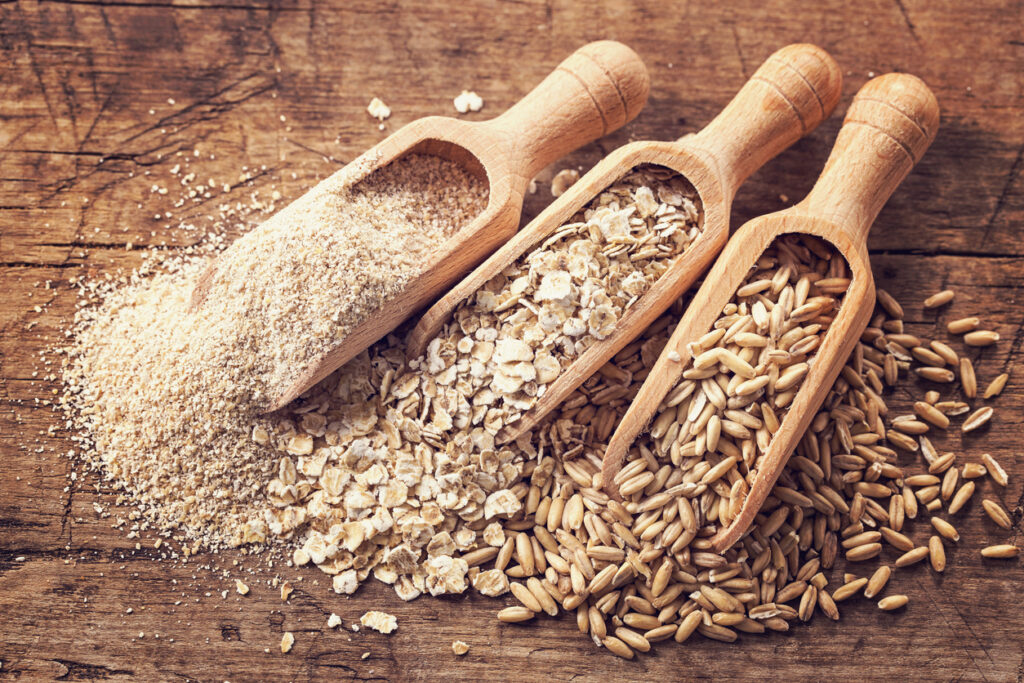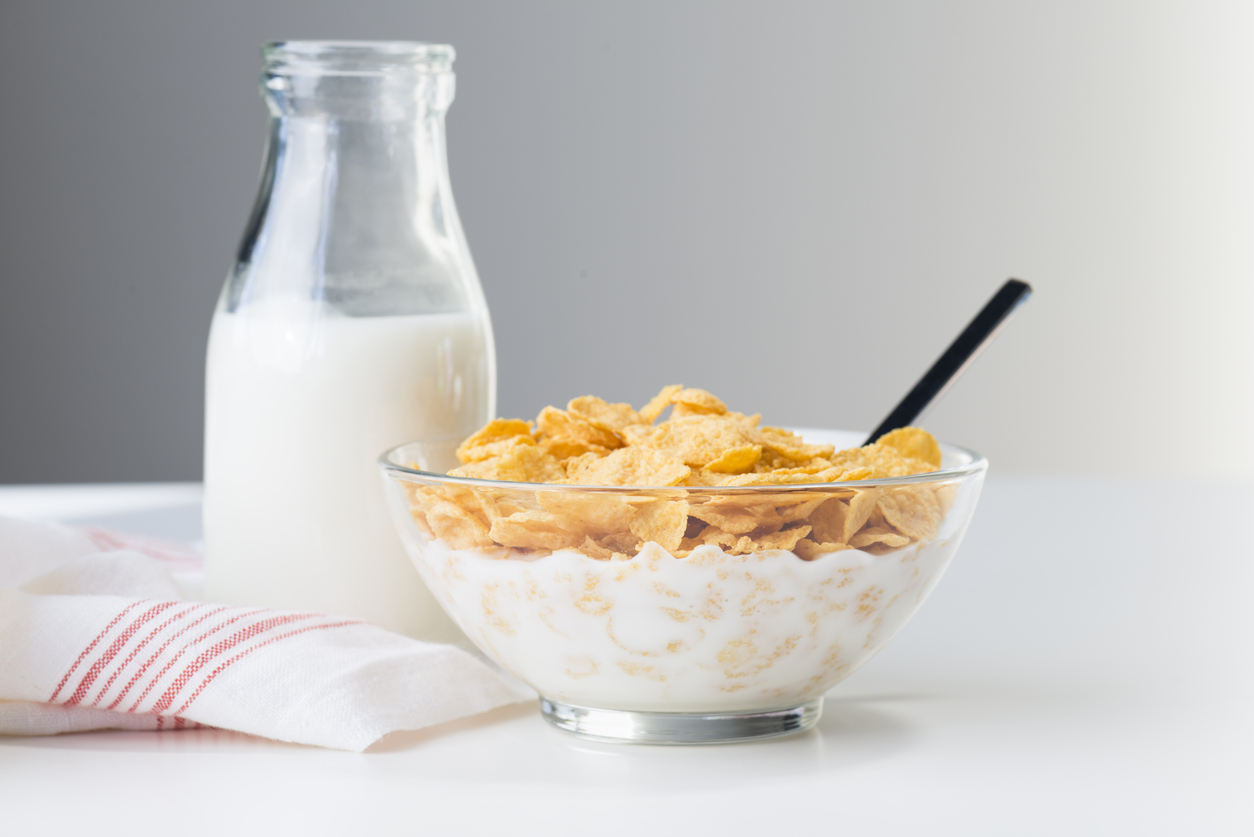6 Things to Check When Selecting A Breakfast Cereal
When it comes to making the healthiest breakfast choices, breakfast cereals can be one of the most misleading options. Many types of cereal are marketed as healthy alternatives, with claims like ‘low fat,’ ‘strong in B vitamins,’ or ‘high in iron,’ however these claims obscure the food’s true nutritional value.
Low-fat cereals, for example, may be high in sugar and therefore calories, but they are not a healthy option. Breakfast cereals can be an integral part of a healthy diet, and studies show that people who eat breakfast are less likely to be overweight than those who don’t. It’s also important to know where to look for the healthiest options.
Calories
If you’re someone who keeps track of calories, choose cereal with less than 120 calories per serving. You will always choose the lowest calorie choice if you choose low-fat and sugar varieties. Remember that certain cereals contain a few extra calories due to fruit or nuts, but they may also be healthier options that have more protein.
Whole grains

Whole grains are high in vitamins, minerals, proteins, fibers, and cereals, making them a healthy choice. Many types of cereal are now fortified with vitamins and minerals, but they are still made from refined grains. While fortified varieties are preferable to unfortified varieties, whole grain varieties are still preferable.
Fat
The majority of breakfast cereals are low in fat, but toasted cereals, such as muesli, may have a high fat content. Choose the cereal with the least amount of fat per serving, especially saturated fat.
Sugar

Many breakfast cereals are high in sugar because it makes them more enjoyable to eat, particularly for children. Cereals that are lower in sugar are often recommended. Cereals containing dried fruit are an exception, as natural fruit sugar can result in a higher average sugar level. Fruit also provides essential nutrients and fiber, so cereal is not a risky option. If the cereal does not contain any fruit, choose one with less than 5 grams of sugar or less than 25% of total calories per serving.
Fiber
Fiber is essential for a healthy digestive system and is also thought to be beneficial to heart health. Food items rich in fiber have a low GI, which means they are digested more slowly because the fiber slows the process in the intestines. This means they trigger a slower release of sugar into the bloodstream, allowing you to feel fuller for longer.
Check serving size
The number of calories you consume is determined by the size of the serving. And there’s a lot of variation in serving sizes. They will weigh anywhere between 30 grams (1 oz.) and 55 grams (2 oz.) for light cereals and 55 grams (2 oz.) for heavy cereals. Alternatively, anywhere from 14 to 114 cups. You could underestimate how many calories you’re getting if the serving size is unrealistic. Some granola and muesli brands, such as Bear Naked, Kashi, and Bob’s Red Mill, cheat by using the snack serving size (1 oz.) instead of the heavy cereal serving size (2 oz.).


